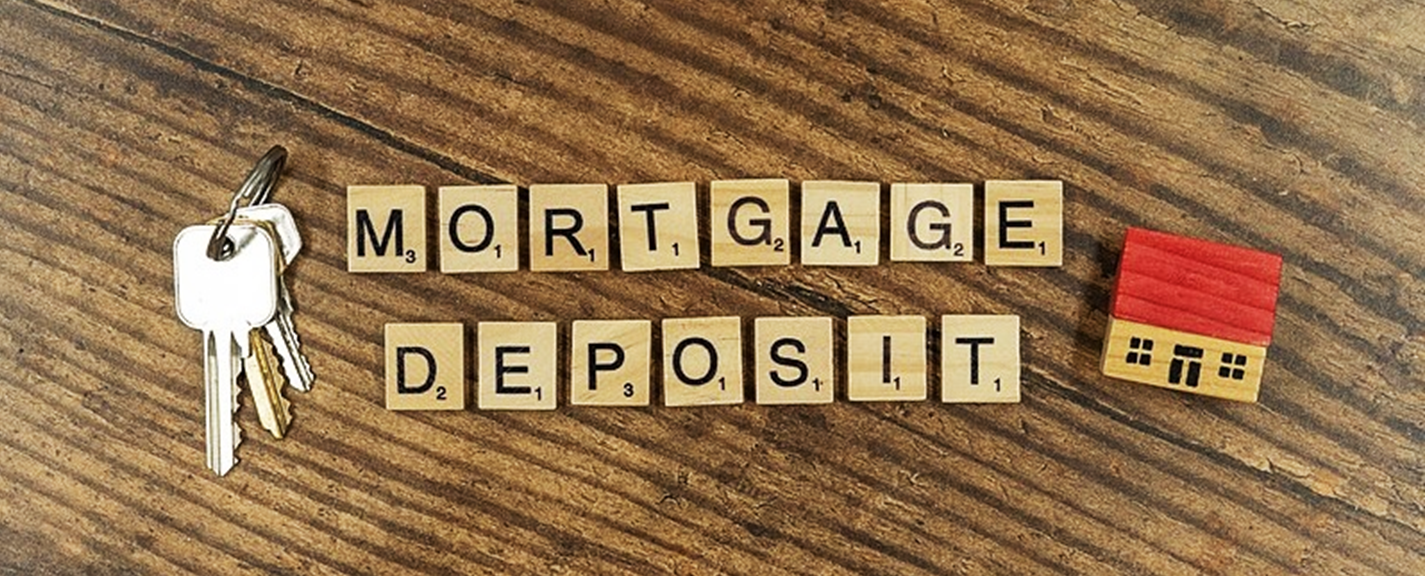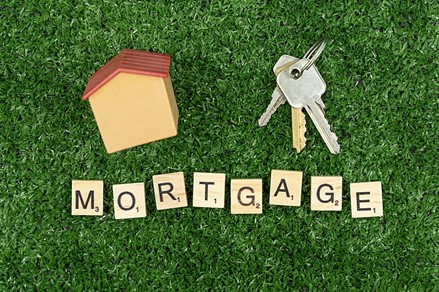
A down payment is the portion of a home’s purchase price the mortgage borrower pays upfront. You knew that. But did you know the median down payment for U.S. homebuyers is now more than $55K+? That’s remarkable. It was less than $45K just last year.
Buyers often try to put 20% of the purchase price down. That’s not always feasible, and Redfin’s latest analysis shows today’s typical homebuyer putting about 15% down. Again, big rise from last year, when the typical down payment was 10%. In some areas, a normal down payment is now well over the 20% mark.
What’s the impact of all this on deed transactions?
The Down Payment and the Deed
To get a sense of how a buyer’s upfront investment relates to the deed, we start with the terminology:
Mortgage: A loan, with interest, usually from a bank or credit union, that empowers a borrower to buy a home over a term of years. Normally, the named mortgage holder is also the deed holder.
Lien: All deed holders with mortgages have liens recorded on their titles. A mortgage lien is a claim that lets a lender reach the home’s value — and take back what a defaulting borrower owes the company. Thus, it’s the lien that empowers a lender to sell collateral (such as a home) to pay off unpaid debt.
Holding a mortgage, solo or with a co-borrower, is the most common way to buy a home. When you apply to finance a co-owned home, the lender will typically want both/all borrowers to be named on the deed as well as on the mortgage.
You can review just how the co-borrowers appear on the deed in this article on naming co-borrowers on the deed.
So there we have the basics. The down payment becomes a borrower’s initial equity in the home. The lien represents the debt yet to be paid.
Note: Some states use deeds of trusts rather than mortgages. The trust deed is held by an institutional overseer until the borrower repays the debt fully. At that point, a deed of reconveyance represents the complete transfer of the property to the homeowner.
How High Are Down Payments Today—And Could They Go Higher?

How high are they? It depends which market you’re looking in.
Let’s take the northeastern section of the country, as of early 2024. Figures are sourced from the National Association of REALTORS®.
In the Northeast Region, where the typical home now costs about $429K, 3% down is nearly $13K. 3.5% is about $15K. 5% is about $21K. To put the “standard” 20% down on the home will set you back more than $85K!
How high could down payments go? It depends on how high home Prices go. Rising real estate prices automatically mean higher down payments.
There’s an additional factor at play here. Today’s current deed holders have, as a whole, accumulated a lot of equity in their homes. (Equity is the home’s value minus the debt that’s attached to it.)
How have these current homeowners accumulated that value? By holding their deeds through the market surge of recent years — and their decisions not to move now that interest rates are high. They’d like to keep their low-interest loans, thank you very much!
People who already hold deeds are, as a whole, in a great position to put large sums down on their next homes. And why wouldn’t they go ahead and make large down payments, to borrow as little as they have to at current rates?
As you can see, interest rates factor into why people are making big down payments. It’s possible that these rates could go down in late 2024, and that could ease the rate of down payment inflation.
Can’t Save for a Large Down Payment: What’s the Workaround?
Getting the down payment together feels more challenging these days — because it is. The struggle is especially real for minority home buyers and first-timers. People making the shift from renting to buying haven’t yet built up equity in real estate — so they lack that source of funds.
Where can the hopeful buyer even start at this point? First, know that while a large down payment does make sense in a time of high interest rates, buyers in most markets don’t need to wait until they can set aside 20%. There’s much to be said for putting down what’s possible, getting on the ownership ladder, building equity, and starting to accumulate retirement resources.
In case you are wondering where the down payment percentages are lowest, Redfin’s 2024 figures point to Virginia Beach (a major veterans’ hub), Philly and Pittsburgh, Baltimore, and Detroit.
But plenty of other markets and also offer opportunities, and there’s a variety of trusted loan options:
- Loans backed by the U.S. Federal Housing Administration (FHA loans) require just 3.5% down for applicants with 580+ credit scores (10% for lower scores of at least 500). Check with your local mortgage consultants to find out if an FHA loan will work for you. Be aware that FHA loan borrowers who put less than 20% down must plan for an extra cost in their monthly mortgage bill, for a private mortgage insurance (PMI) policy.
- Loans backed by the U.S. Department of Agriculture (USDA loans): These loans allow low to no down payments for eligible borrowers. They are available for homes outside of cities and the scope of the covered areas is broader than most people think, so don’t overlook this possibility.
- Loans backed by the Department of Veterans Affairs (VA loans): These loans are for people currently serving in the U.S. military, for veterans, and for surviving spouses of those who died while serving. VA loans require little to no down payment, at least in theory!
- Conventional mortgages can be had for just 5% or even 3% down for eligible applicants. Check out our commentary on choosing between Freddie Mac and Fannie Mae. Borrowers who put less than 20% down must cover PMI through their monthly payments. But conventional loans have a helpful feature: they can be refinanced to remove PMI once the borrower’s repayments reach the 20% equity point.
States and nonprofits offer affordable loan options, too.
Eyes on the Prize: A Down Payment Is an Investment.
Hoping to get a mortgage that works for you? Consult with professionals who have earned good reviews and recommendations. Shop around for what’s currently available where you are.
A good mortgage consultant helps a buyer find the right loan. Borrow conscientiously — keeping enough in reserve to handle routine needs and unexpected emergencies — and one day you’ll arrive at your mortgage release day in style.
Supporting References
Lily Katz for RedfinTM via Redfin.com: The Typical Homebuyer’s Down Payment Is $56,000, Up 24% From a Year Ago (Mar. 29, 2024).
Andrew Dehan for Bankrate, LLC (part of Red Ventures), via Bankrate.com: How Much Is a Down Payment on a House? (Apr. 9, 2024; citing regional existing home sale prices from Feb. 2024 from the National Association of REALTORS®).
Kacie Goff for Newsweek via Newsweek.com:How Much Down Payment Do You Need for a House? (Apr. 8, 2024).
Bankrate, LLC (part of Red Ventures), via Bankrate.com: Mortgage Liens: What They Are and How They Work (Mar. 26, 2024).
Deeds.com: What Is a Deed of Trust? (Jun. 17, 2019).
Deeds.com: Get in Early, Make a High Down Payment – The Case for Assertive Home Buying (Dec. 8, 2023).
And as linked.
More on topics: Tips for making down payments, Co-borrower impact on deed, The right time in life to buy a home
Photo credits (both): AlanHarder.ca via Flickr (licensed under CC-BY SA 2.0 Generic, via Wikimedia Commons).
